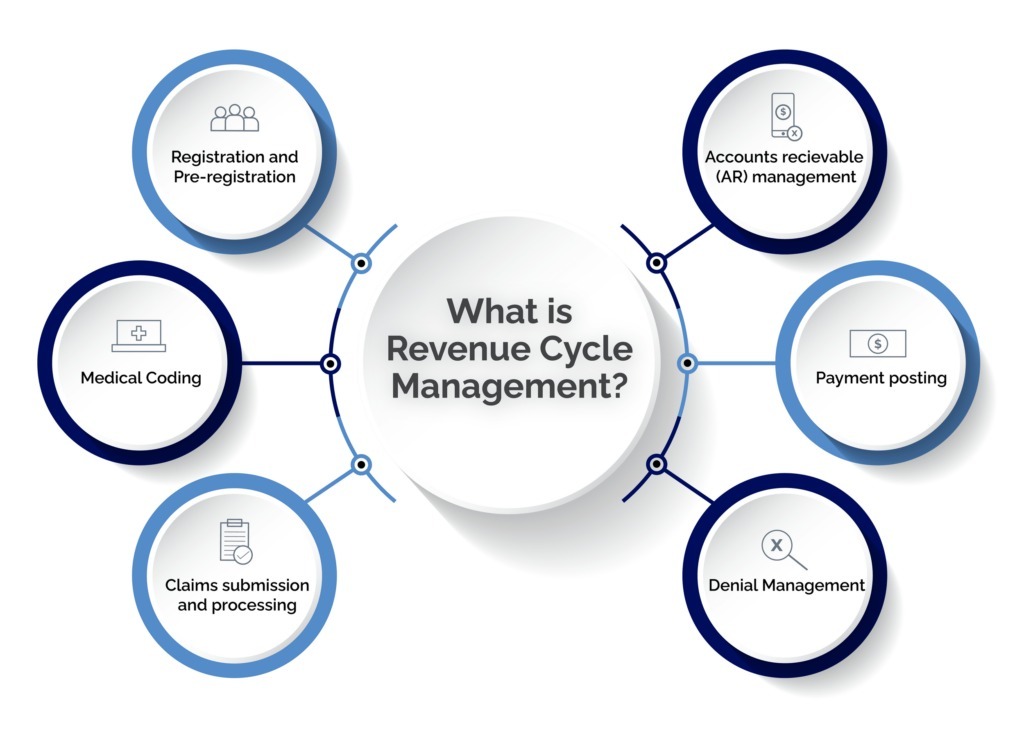Medical coding is an ongoing process that occurs at several key points within the healthcare delivery and billing cycle:
During Patient Care:
- When: As soon as a healthcare provider performs a service, diagnosis, or procedure.
- Details: Medical coders review the documentation provided by healthcare professionals and assign the appropriate codes for each service and diagnosis.
Before Billing and Claims Submission:
- When: After the patient has received care and before claims are submitted to insurance companies.
- Details: Medical coding is essential for preparing accurate claims that reflect the services provided and the conditions treated. This coding ensures that healthcare providers are reimbursed correctly by insurers.
After Patient Visit Documentation:
- When: Once patient encounters are documented by healthcare professionals, but before those records are used for billing or record-keeping.
- Details: Coders translate the detailed descriptions of medical services into standardized codes based on the documentation in the patient’s medical record.
For Record Keeping and Health Data Analysis:
- When: Continuously, as part of maintaining patient records and managing health data.
- Details: Medical coding is used to organize and categorize data for future reference, research, and statistical analysis.
For Compliance and Audits:
- When: Periodically, as part of routine compliance checks and audits.
- Details: Medical coding ensures that documentation and billing practices adhere to regulatory standards and helps in preparing for audits to verify accuracy and compliance.
In summary, medical coding occurs throughout the healthcare process—from the point of service delivery through to billing and record-keeping, and continues as part of ongoing compliance and data management efforts.
Medical coding is implemented in various settings within the healthcare system, including:
Hospitals:
- Where: In both inpatient and outpatient departments.
- Details: Medical coders work in hospitals to code diagnoses and procedures for billing purposes, patient records, and health data analysis.
Physician’s Offices and Clinics:
- Where: In primary care and specialty practices.
- Details: Coders handle coding for patient visits, diagnostic tests, and treatments, facilitating accurate billing and insurance claims.
Urgent Care Centers:
- Where: In facilities that provide immediate, non-emergency care.
- Details: Coding is used to document and bill for various urgent care services provided to patients.
Long-Term Care Facilities:
- Where: In nursing homes, assisted living, and rehabilitation centers.
- Details: Coders ensure that services provided to long-term residents are accurately coded for reimbursement and record-keeping.
Insurance Companies:
- Where: Within the claims processing departments.
- Details: Insurance companies use medical coding to review and process claims, ensuring that billed services align with coverage and reimbursement policies.
Health Information Management (HIM) Departments:
- Where: In various healthcare facilities, including hospitals and clinics.
- Details: HIM departments are responsible for managing patient records, including the accurate coding of medical information for compliance and data management.
Outsourcing and Coding Services:
- Where: In third-party coding and billing service providers.
- Details: Many healthcare organizations outsource their coding tasks to specialized companies that handle coding, billing, and claims management on their behalf.
Medical Coding Education and Training Centers:
- Where: In academic institutions and professional training programs.
- Details: Institutions that offer medical coding education and certification programs train individuals to become skilled coders, preparing them for roles in various healthcare settings.
In essence, medical coding is utilized wherever healthcare services are provided, recorded, billed, or managed, ensuring accurate documentation and efficient processing of medical information across the entire healthcare continuum.






